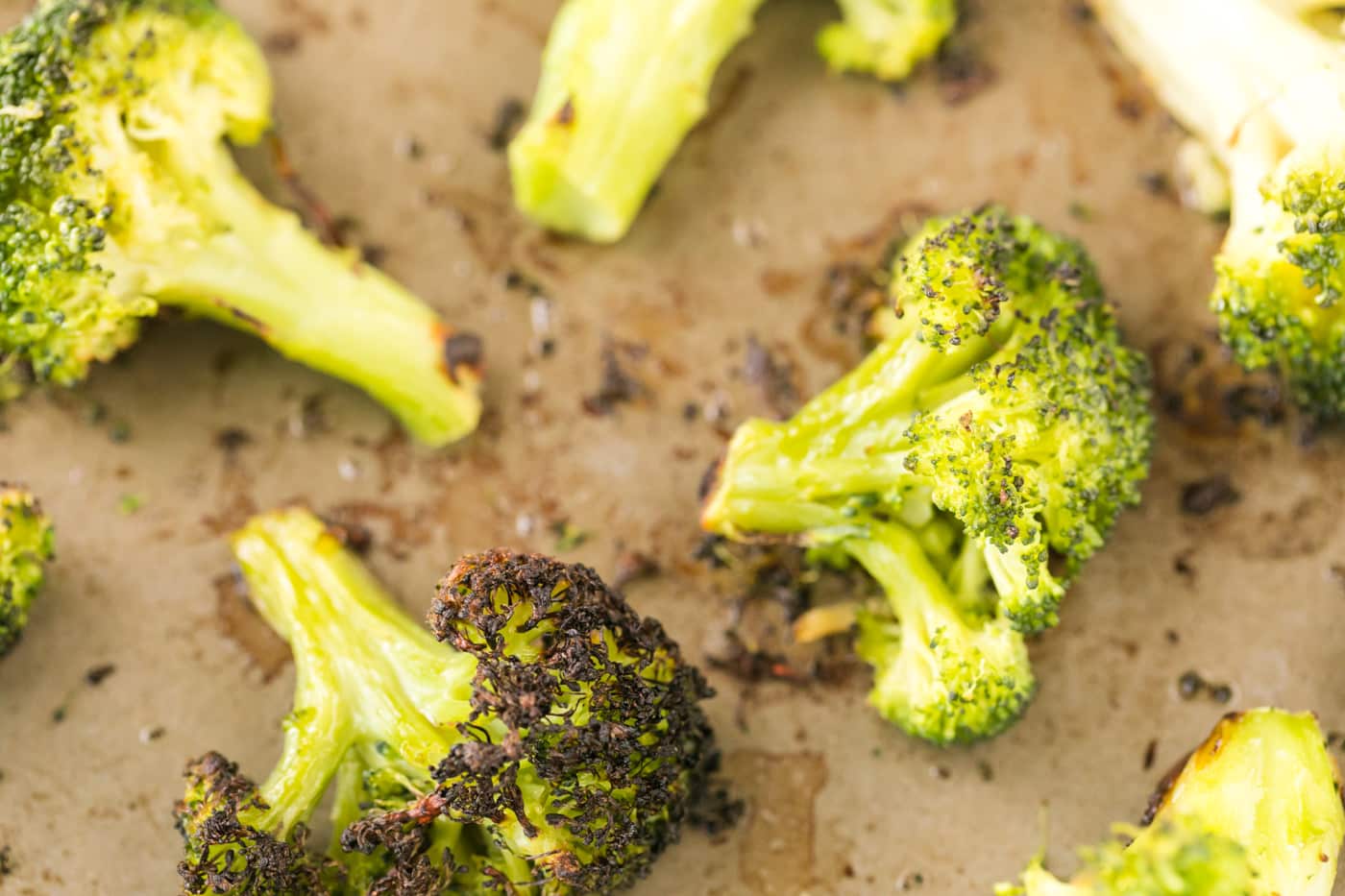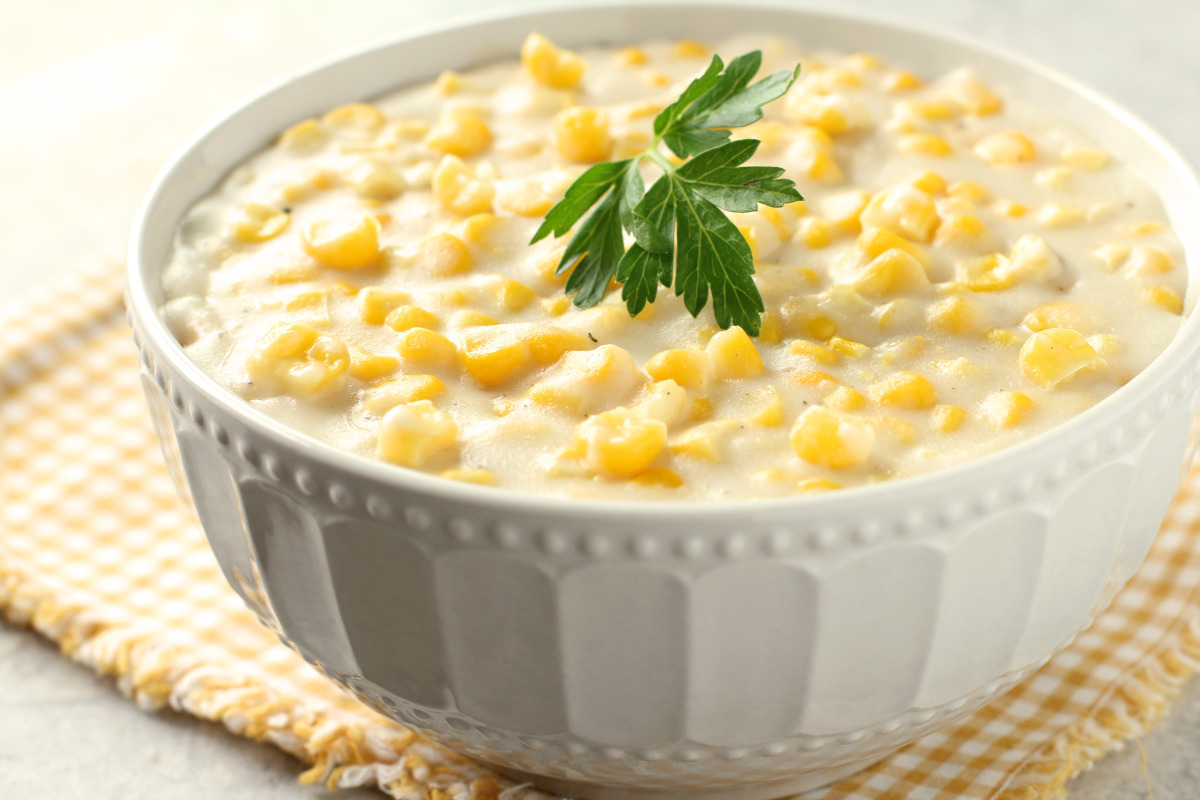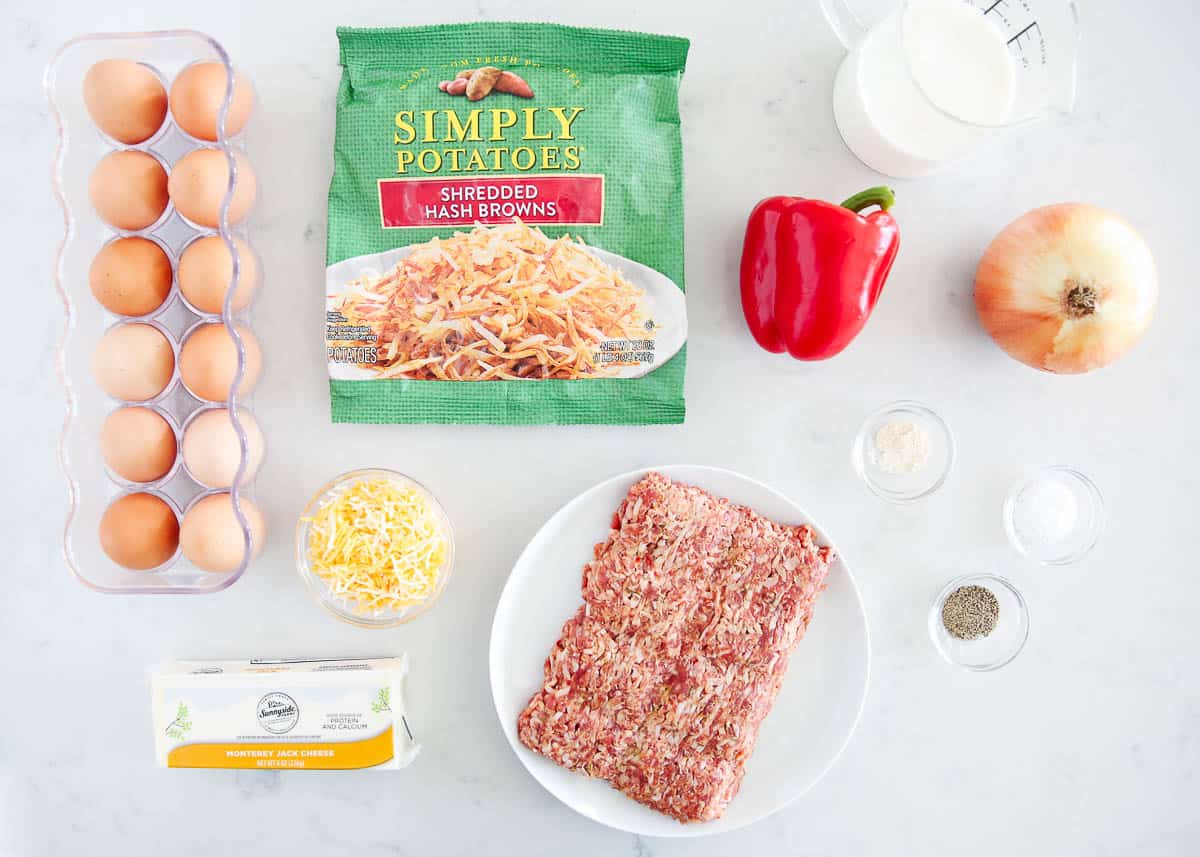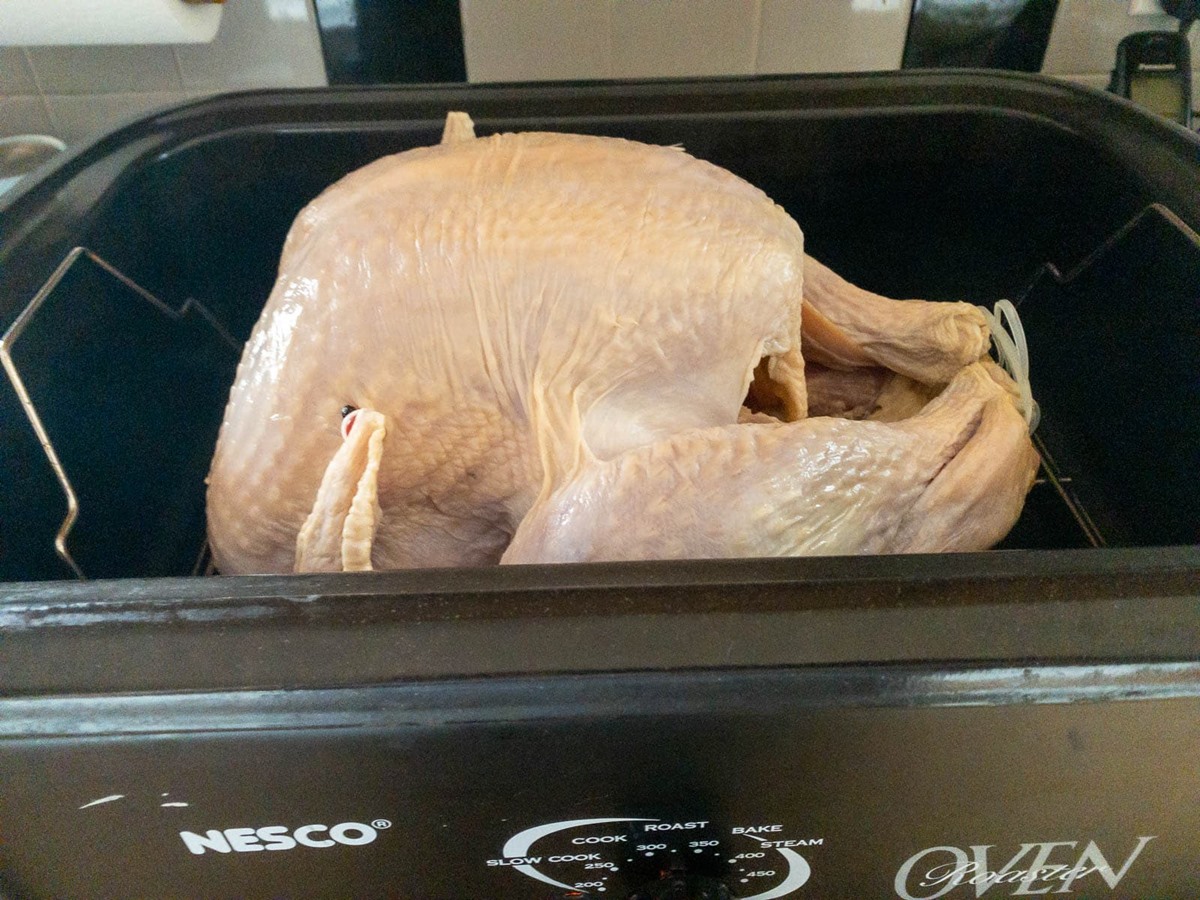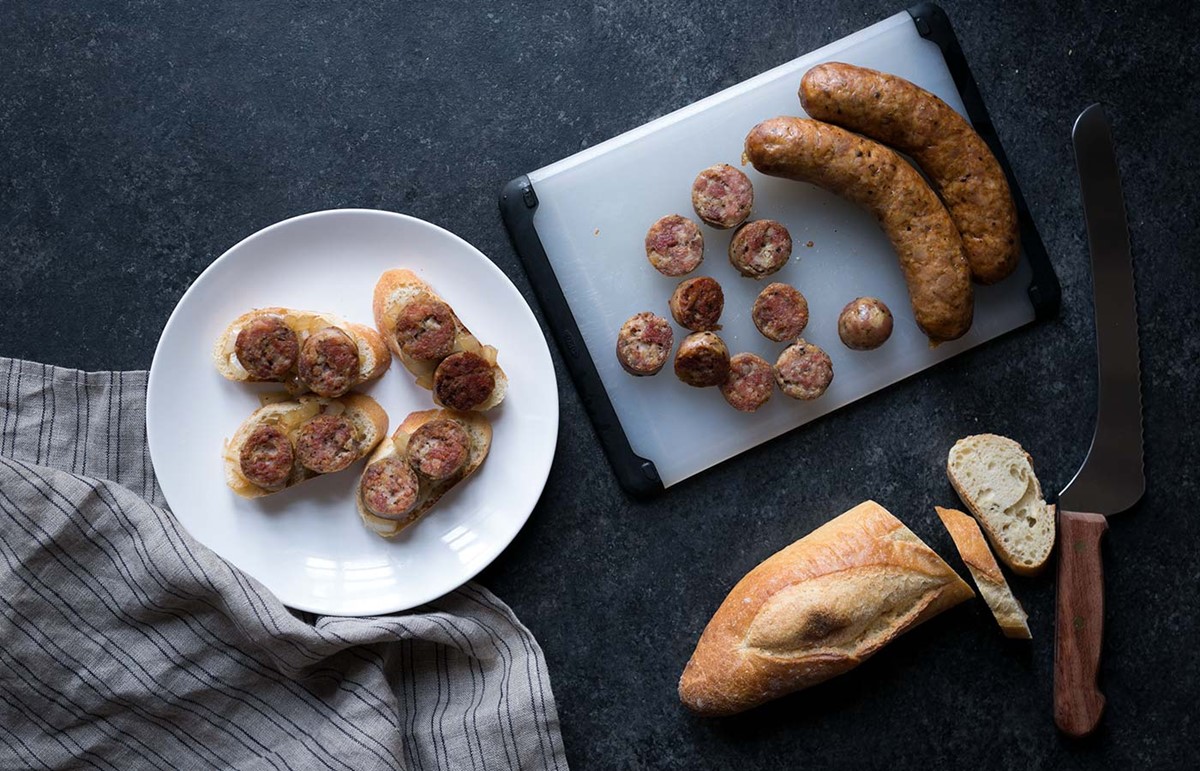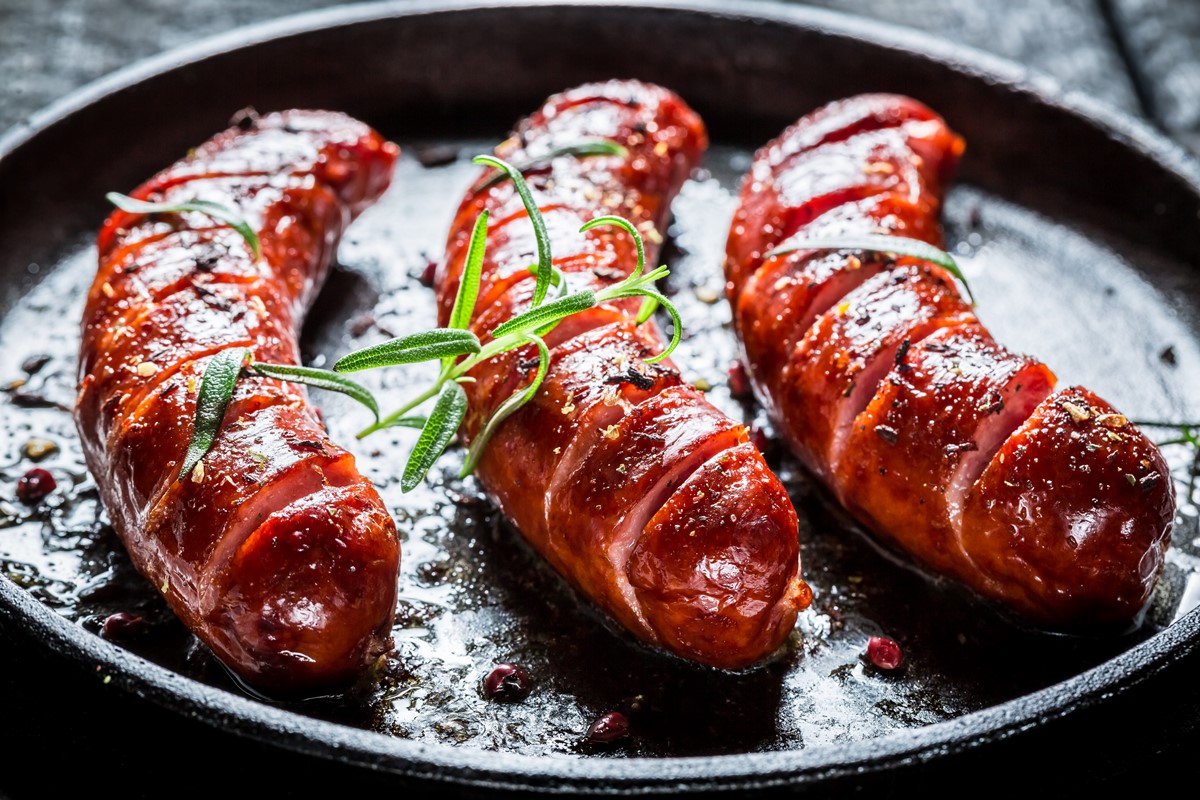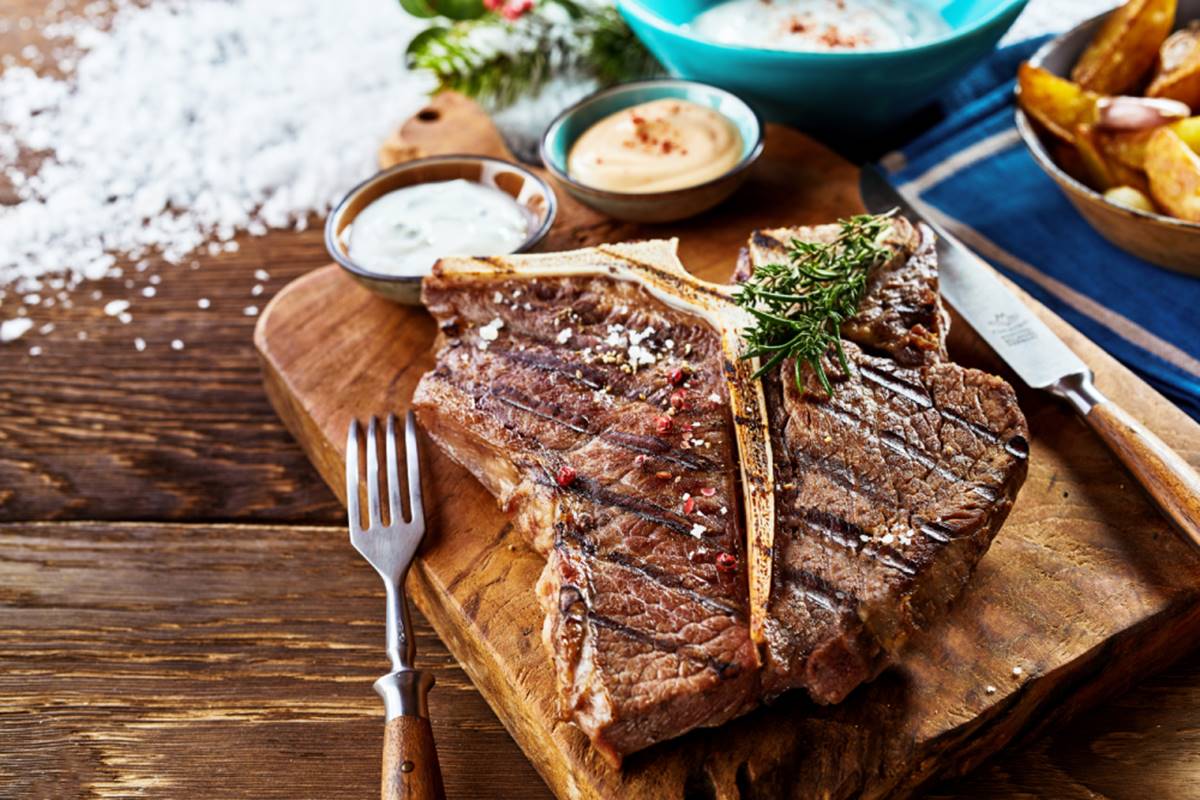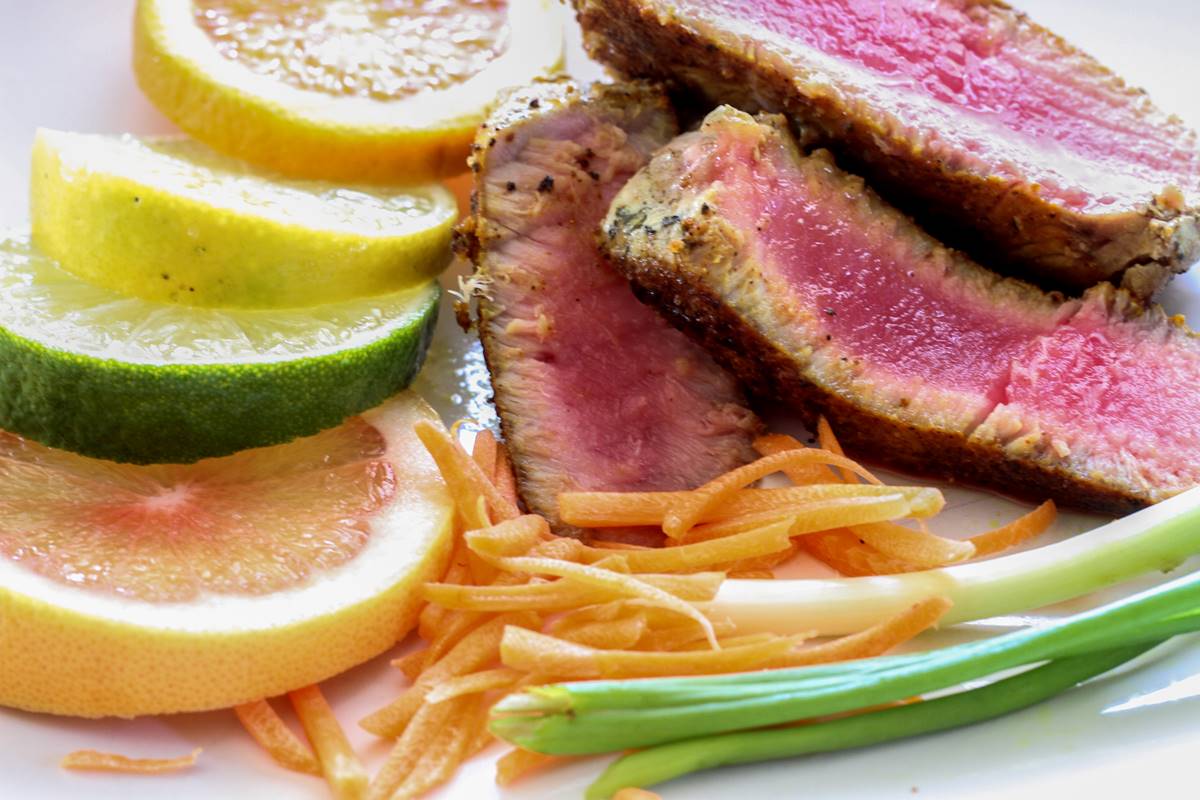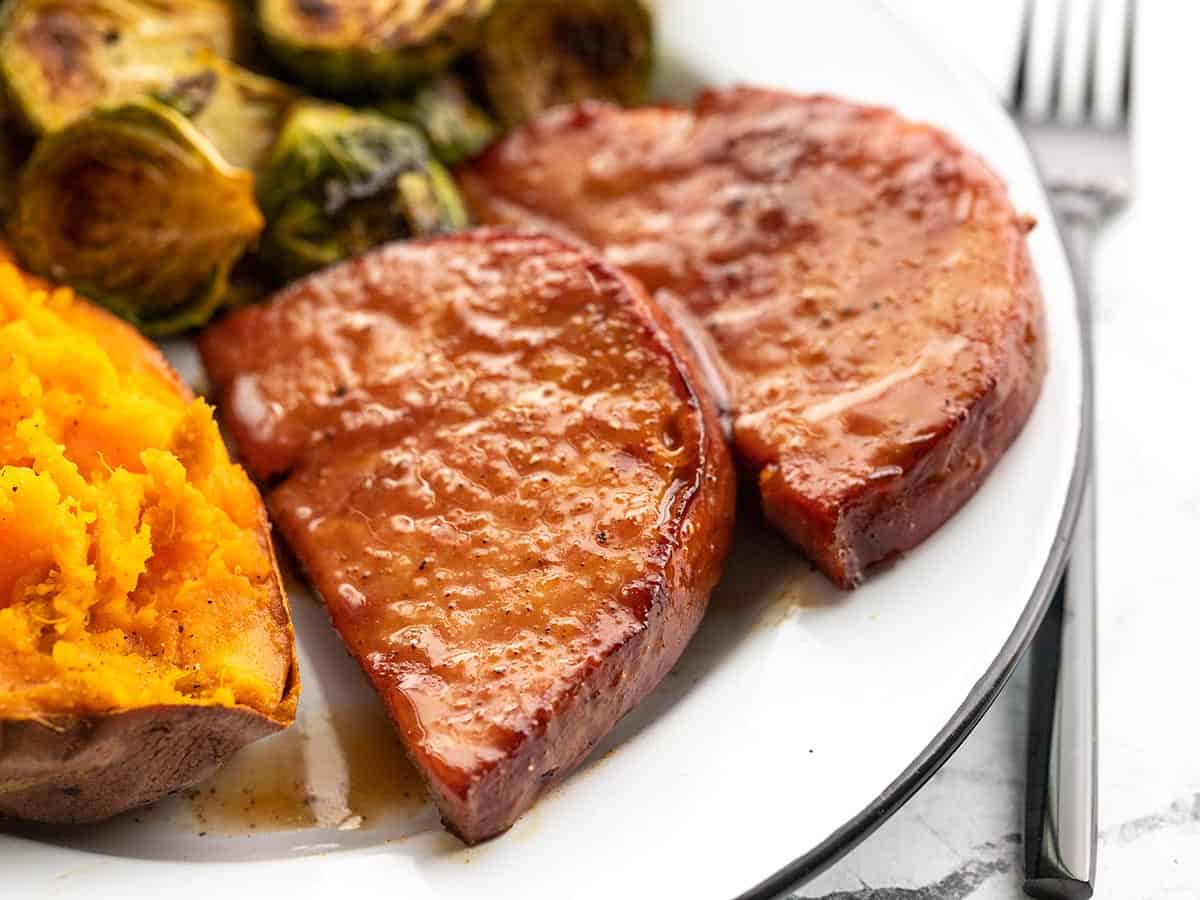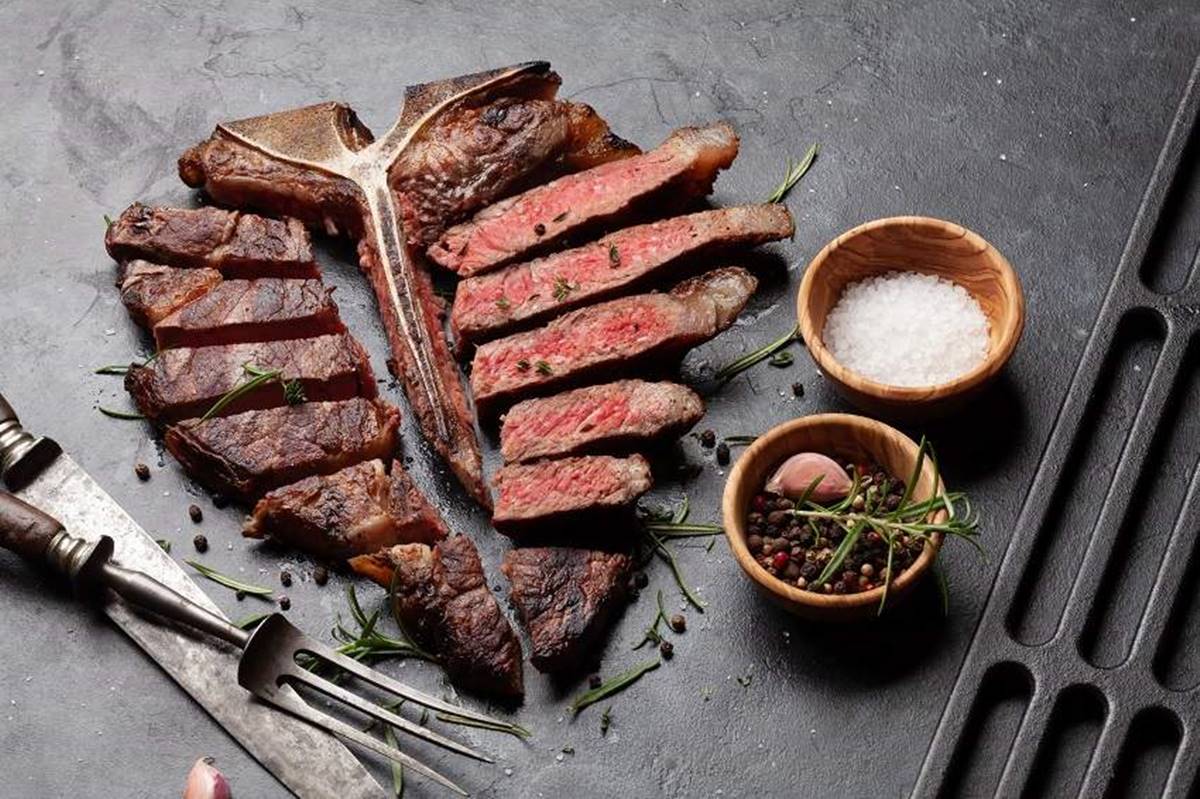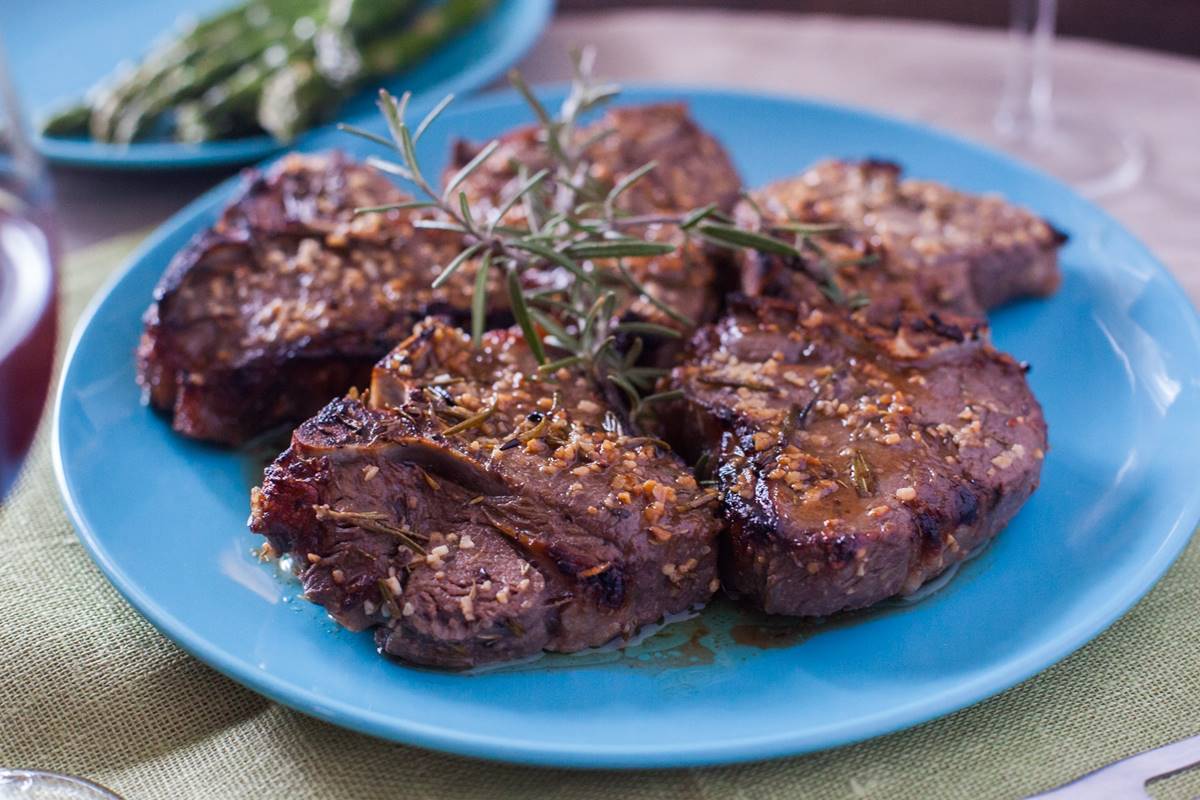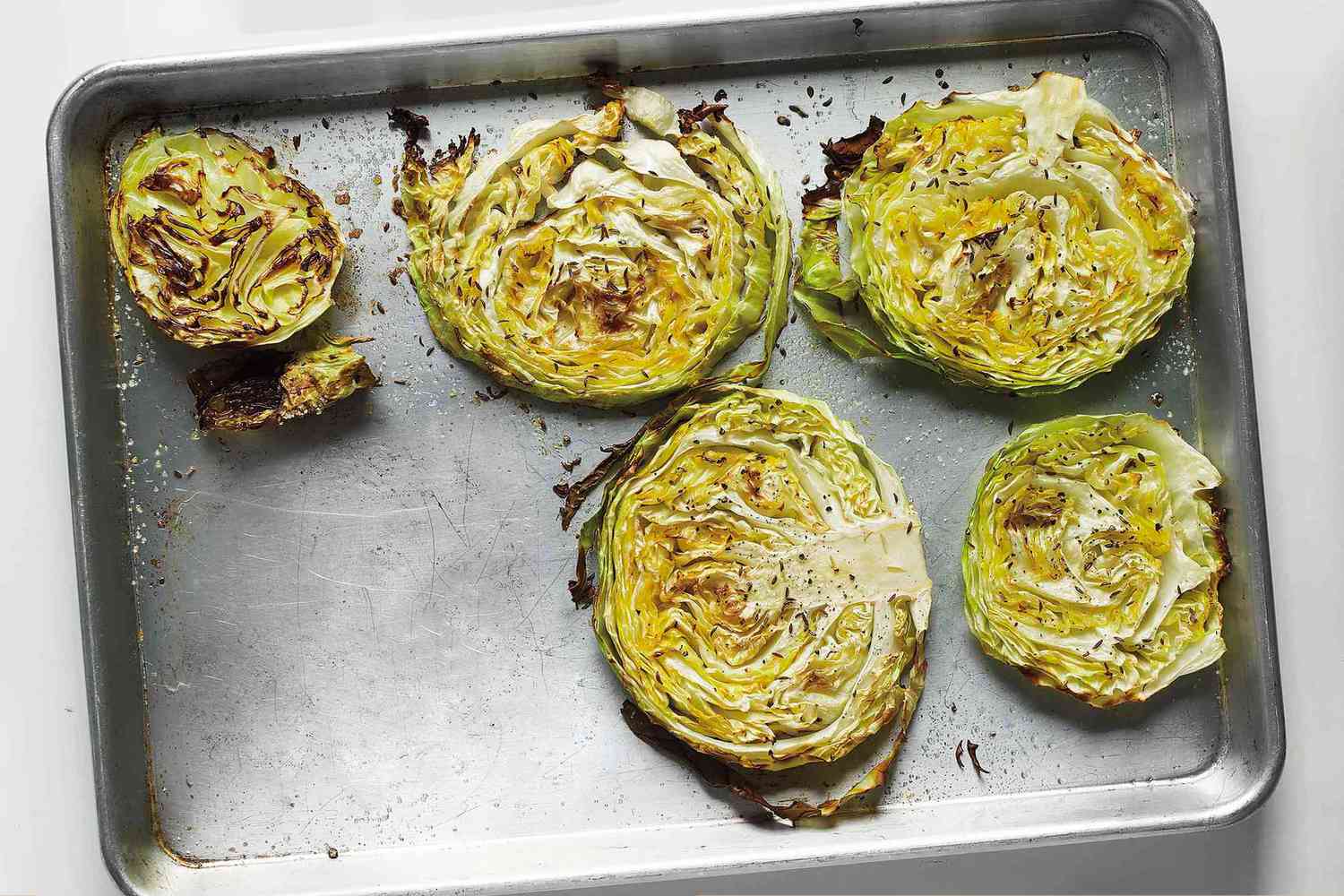How To Cook Turkey For Dogs: A Tail-Wagging Delight
As responsible pet owners, we always want to ensure our furry friends are well-fed and happy. During special occasions or festive seasons, like Thanksgiving, it’s natural to want to include our dogs in the culinary celebrations. One delectable option that dogs absolutely love is turkey!
Here’s a step-by-step guide on how to cook turkey for dogs, creating a special treat they’ll be begging for:
Step 1: Selecting the Perfect Turkey
When choosing the turkey for your furry friend, opt for high-quality lean meat without unwanted additives such as preservatives or seasonings. It’s essential to select a fresh turkey, avoiding those that have been pre-seasoned, as certain spices and herbs can be harmful to dogs. Remember, the size of the turkey should be appropriate for your dog’s size and dietary needs.
Step 2: Preparing the Turkey
Cleanse the turkey thoroughly, removing any excess fat or skin before cooking. Remove the bones entirely and trim off any unwanted parts. It is crucial to eliminate any seasoning, as dogs have delicate stomachs and can be sensitive to certain spices.
Step 3: Cooking Methods
There are a few options for cooking the turkey for your dog:
- Boiling: Fill a large pot with water, add the turkey, and bring it to a boil. Cook until the meat is fully cooked and tender.
- Baking: Preheat the oven, place the turkey in a baking dish, and cook at an appropriate temperature until the meat is thoroughly cooked. Avoid adding any oils, spices, or seasonings.
- Grilling: If you prefer the smoky flavor, grilling the turkey is an option. However, ensure it is cooked thoroughly and without the addition of any marinades or spices.
Step 4: Serving Size and Presentation
Once the turkey is cooked and cooled, it’s time to serve it to your furry friend! Remember to shred or dice the meat into small, bite-sized pieces that are easy for your pup to handle. It’s recommended to serve turkey as a treat or topping rather than a complete meal, as it may not provide a balanced diet on its own. Consult with your veterinarian about appropriate serving sizes based on your dog’s size, breed, and any dietary restrictions.
For the presentation, you can get creative by arranging a few pieces of tender turkey atop your dog’s regular meal or mixing it with their regular food to enhance the flavor. Dogs are visual creatures, and a well-presented meal can make their tails wag with excitement!
Step 5: Watch for Reactions and Moderation
After serving the turkey to your dog, observe their reaction and monitor their digestion for any adverse effects. Some dogs may have sensitivities or allergies, so it’s crucial to introduce new foods gradually and in moderation.
Remember, cooking turkey for your dog is a special treat and should not replace their regular, nutritionally balanced diet. Consult with your veterinarian before making any significant changes to your dog’s meal plan or introducing new foods.
By following these steps, you can delight your furry friend with a scrumptious turkey treat that is safe and healthy for them to enjoy. Sharing a meal with your dog not only strengthens the bond between you but also adds an extra touch of love and joy to your holiday celebrations!
Was this page helpful?
Read Next: How To Cook Turkey Neck And Giblets
